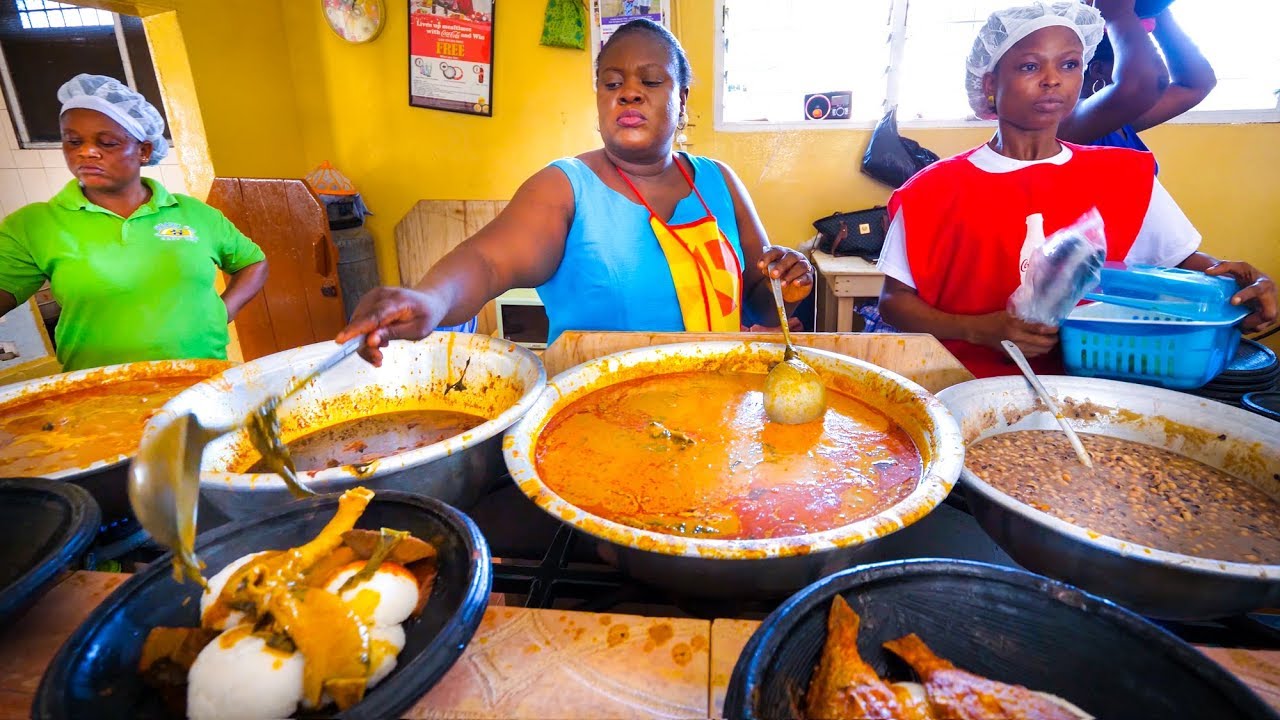The recent rise in food prices and hike in transport fares have pushed inflation up in June, thereby ending the disinflation process since March and putting a squeeze on the Ghanaian consumers’ wallet.
Data released by the Ghana Statistical Service (GSS) have shown that the consumer price index, the nation’s key inflation measure, inched up to 7.8 percent year-on-year in June 2021 from the 7.5 percent recorded previously in May.
The main driver of the June inflation was the food basket, which saw a 1.9 percentage point increment to record 7.3 percent in June – indicating that the six-month continuous decline in food inflation has been reversed. Within the food basket, items that recorded hikes in price levels above average prices are milk and dairy products, tea, ready-made food, cereal products, oils and fats, fish and other seafoods, and live animals and meat. In all, food’s contribution to overall inflation was 41.8 percent.

Much of the rise in food prices can be attributed to higher inflation for transportation, as there was a 13 percentage points increase in transport fares during the month. This resulted in transport’s contribution to inflation recording an increase of 18 percent from 16.5 percent a month earlier. This pushed the non-food group to record 8.2 percent inflation, slower than the 9.2 percent in May.
The data further show that inflation for locally produced items has regained its dominance over inflation for imported items, as the former recorded 7.9 percent compared to 7 percent for the latter. Compared to May, both imported and locally produced goods recorded the same inflation of 7.3 percent.
On a regional level, the Northern Region continues to record higher Y-on-Y food inflation (16.2 percent), closely followed by Upper West 14.8 percent and distantly next Greater Accra with 9.9 percent.
Effect on policy rate
The uptick in inflation may give room for the Monetary Policy Committee of the Bank of Ghana to maintain its cautious stance in reducing the policy rate, despite a surprise 100 basis points cut at its 100th meeting.
The Committee debunked fears that the increase in transportation fares may cause inflation to shoot up in subsequent months, thereby arriving at a reduction in the policy rate to 13.5 percent from 14.5 percent. It however added that price developments will be closely monitored to make the right decision at its next MPC meeting.
“Headline inflation eased sharply to within the medium-term target band, driven mainly by lower food prices and base drift effects, a tight monetary policy stance and stable exchange rate conditions. Since the initial shock to inflation in April 2020, the forecast showed that inflation will be close to the central target by June 2021. These forecasts remain broadly unchanged and inflation will remain within the target band in the next quarter.
“Risks to the inflation outlook appear muted in the near-term, but pressures from mostly rents and transport fares will require some monitoring to anchor inflation expectations. Under these circumstances, the Committee decided to lower the Monetary Policy Rate by 100 basis points to 13.5 percent. The Committee will continue to monitor price developments closely and take appropriate action, where necessary, to contain all potential pressures to the inflation outlook,” a statement from the Committee said.










